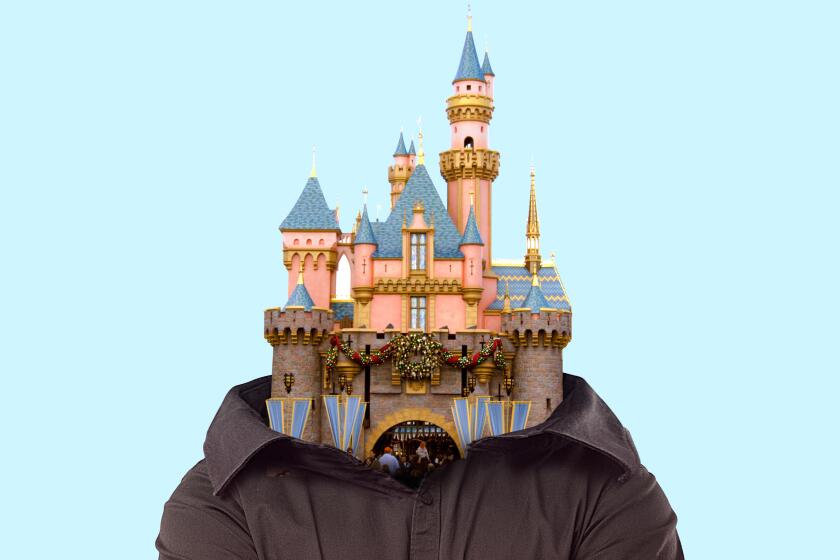Planets Are Lined Up for Sky Show Tonight
Jupiter and Venus, two of the brightest objects in the night sky, will attract even more attention today, as they are closer to each other than they’ve been in nearly a decade.
The rare conjunction has local astronomers polishing their telescope lenses and readying their cameras.
“It’s a dazzling event in the sky,” said Hal Jandorf, an astronomy instructor at Moorpark College. “It’s very attractive to people who don’t even look at the sky.”
Visually, the planets will appear to be less than a full moon apart, said Patrick So, an astronomer at the Griffith Observatory in Los Angeles.
The alignment can be best viewed with the naked eye by looking at the western sky between 5:30 and 7 p.m. The planets, however, will be closest to each other much earlier--at 11 a.m.--when they can be seen only through a telescope. An amateur astronomer, however, should practice caution using a telescope during the day, as any direct viewing of the sun can cause serious eye damage.
Whether viewing with or without optical aid, the conjunction should be quite a sight.
“They’ll see the planets right next to each other, which is rare, because planets don’t often pass that close,” said So.
“Particularly these two planets, because they are the brightest in the sky.”
Jupiter and Venus were in a similar conjunction in 1990, but because the planets were so close to the sun, observers could not see the alignment. The fifth and second planets from the sun will not be this close again until 2015.
One of the earliest recorded Jupiter-Venus conjunctions is believed to have been what guided the wise men on their journey to the birthplace of Jesus Christ. What is now called the Star of Bethlehem is widely thought to have been a Jupiter-Venus conjunction, said So.
“The planets were so close that you couldn’t see them as separate objects,” So said.
But whether such a conjunction was the Star of Bethlehem from the Bible doesn’t concern Father Michael Bunny, pastor at St. Julie Billiart Church in Newbury Park.
“There are all sorts of theories about what that star was or wasn’t,” he said. “That’s a question for astronomers to grapple with.”
And there are those who believe a planetary conjunction has other significance.
According to Frances Moore, who works for the nonprofit group Meditation Mount in Ojai, when planets get so close together, they produce more energy in the universe.
“They will help each other, and it can have a positive and effective energy,” Moore said.
Along with the alignment of Jupiter and Venus, Mercury and Saturn also will be visible nearby in the dusk sky. Mercury will be positioned just below the alignment and to the right. Saturn will be above and to the left of the conjunction.
“The planets form a nice straight line toward the western horizon,” So said.
At Moorpark College, astronomy students have been tracking the planetary alignment for several weeks. Tonight, Jandorf will open the college observatory more than an hour before his 7 p.m. class to take pictures of the planets and give students a chance to have a look at the conjunction. However, there will be no special presentation open to the public.
Across the county, Pink Moments Jeep Tours will take a group up to Nordhoff Ridge for the occasion. The $50 tour will include seeing the celebrated “pink moment” when light from the setting sun soaks the mountains with color.
Besides the sunset, local astronomer Ernie Underhay will give a general star-gazing lesson and focus on the rare conjunction.
“This is especially good, and then you add Mercury and Saturn, and you get a really good show,” Underhay said.
Although tonight is considered the best night to observe the alignment, it will be visible for the rest of the week, as Jupiter and Venus drift farther apart each night. The three-hour evening jeep tours will be available to watch the planets through Saturday.
Sign up for The Wild
We’ll help you find the best places to hike, bike and run, as well as the perfect silent spots for meditation and yoga.
You may occasionally receive promotional content from the Los Angeles Times.



